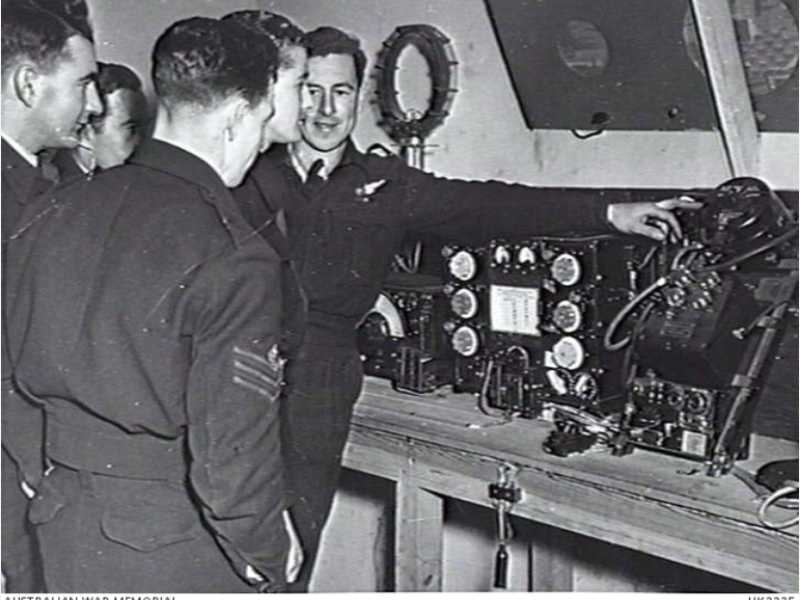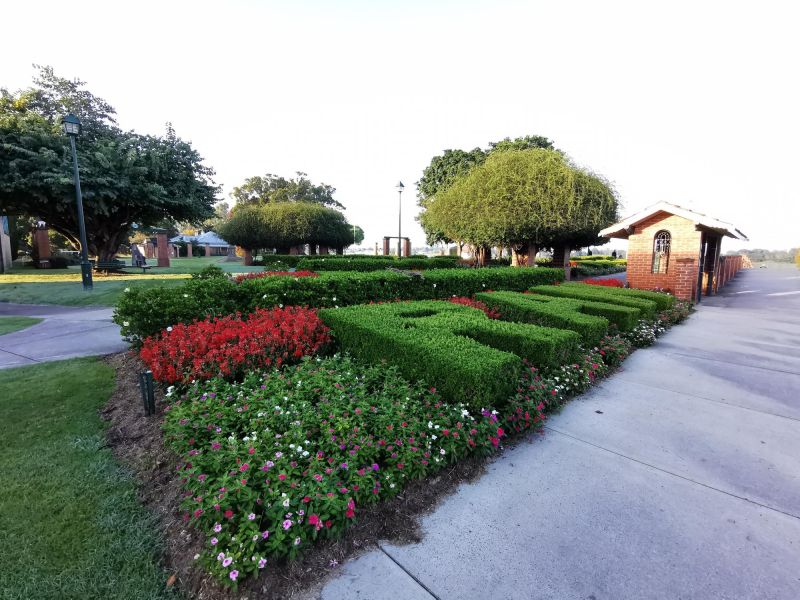Flight Sergeant Arthur Hedley Jenkins, No. 467 Squadron
Arthur Hedley Jenkins was born on 25 February 1924 in Ulmarra, near Grafton in New South Wales. The youngest son of William and Frances Jenkins, Arthur attended Grafton High School, played cricket and football, and later worked as a farmer.
He enlisted in the Royal Australian Air Force on 9 October 1942 at the Number 2 Recruitment Centre in Sydney. He spent the next nine months training at bases across Australia.
In May 1943, he qualified as an air gunner, and on 15 June embarked at Brisbane for service in the United Kingdom. Arriving in late July, Jenkins continued his training at the Number 27 Operational Training Unit at Lichfield, Staffordshire.
While there, on 27 November 1943, he was promoted to the rank of flight sergeant. In February 1944, he moved to 51 Base at Scampton, and in May 1944, he joined RAAF No. 467 Squadron in Waddington, Lincolnshire.
No. 467 Squadron was a bomber squadron which since early 1943 had been flying Avro Lancaster heavy bombers on strategic bombing missions over Germany and occupied Europe. No. 467 Squadron flew mainly night-time bombing missions on industrial and infrastructure targets.
In 1944, Jenkins and his unit supported the D-Day landings in Normandy by undertaking preparatory bombing raids, and after 6 June, by attacking strategic targets across occupied France.
Jenkins served on the Lancaster aircraft as a rear gunner. In this role he would defend the rear of the aircraft with machine gun fire. Conditions for rear gunners were difficult as they played a vital defensive role on the aircraft that required them to serve on constant high alert, and to operate in cramped, unheated turrets.
On 15 July 1944, Jenkins took off from Waddington aboard Lancaster ME851 to take part in a raid on German controlled positions in France.
222 Lancasters, supported by seven Mosquito aircraft, were to fly from their bases in the United Kingdom, and upon crossing the French coast, split into two main groups to attack separate targets. Jenkins’ aircraft formed part of the group designated to attack marshalling yards at Nevers, in central France, about 200 kilometres south of Paris.
At about 3am on the 16th of July, Jenkins’ Lancaster collided with Lancaster ME807 of RAF No. 207 Squadron in the skies above Lignières-de-Touraine, a small village on the south of the Loire River. Both aircraft burst into flames and exploded upon contact with the ground.
All 15 crewmen of the two aircraft, Jenkins included, were killed in the accident.
Jenkins was 20 years old.
The bodies of the 15 airmen were buried together by the local population of the French town near where they fell, and were able to be formally identified after the war.
They now lie in the Lignières -de-Touraine Communal Cemetery in France.
Jenkins’ grieving family left the following inscription on his grave: “God has him in our keeping, we have him in our hearts”.
David Sutton, Historian, Military History Section
Image: Personnel of No. 467 (Lancaster) Squadron RAAF receiving instructions, 1942

 Australian War Memorial
Australian War Memorial